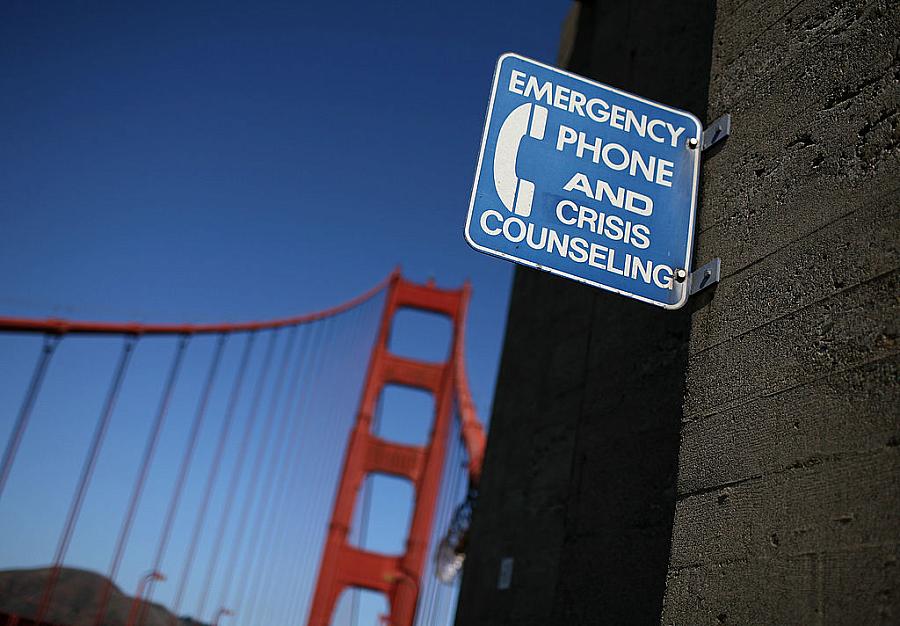Suicides in teen boys spike: ‘We’re seeing something new among males’

(Photo by Justin Sullivan/Getty Images)
A spike in suicides among teenage boys in the United States, reported Tuesday in JAMA, is the latest evidence of a public health crisis that continues to get worse.
The suicide rate for boys ages 15 to 19 jumped dramatically in 2017, reaching its highest point in a generation.
Although boys have historically had higher suicide rates than girls, a study in JAMA Network Open in May showed the gap has narrowed as suicide has increased among adolescent girls, especially 10- to 14-year-olds. That paper looked at the trends from 1975 through 2016. An accompanying editorial pointed to the possible role of social media, calling it “an urgent public health issue that merits further investigation.”
Today’s report, published as a research letter, includes data for 2017 — a year that saw an unprecedented escalation in a crisis that has been building for more than a decade. The analysis suggests that the underlying causes — and the urgent issues that demand investigation — may be different for boys than for girls, and perhaps have changed in recent years.
“We’re seeing something new among males,” said Oren Miron, the lead author and a research associate in biomedical informatics at Harvard Medical School.
In 2017, 5,016 boys and men and 1,225 girls and women ages 15 to 24 were reported to have killed themselves. Young adults (ages 20 to 24) committed suicide at a higher rate than adolescents, but the rates for adolescents showed a steeper, worrisome increase. Teenage boys committed suicide at the rate of 17.9 per 100,000, more than triple the rate of 5.4 per 100,000 for girls.
What’s going on with boys? The study did not try to answer the question and when I spoke with Miron, he stuck to the data and declined to speculate on explanations. However, he noted that suicides among teenage girls and young women have increased every year since 2000 and have risen at a consistent annual clip over the past decade, in tandem with the rise of social media.
In contrast, suicides among teenage boys dipped from 2000 to 2007 and then climbed slowly and steadily through 2015. At that point, the rate began shooting upward. Miron and his colleagues observed a similar pattern in men ages 20 to 24. The trend suggests that fresh pressures and problems are weighing heavily on young males in particular, beyond social media and other commonly cited factors in youth suicide, including depression, loneliness and access to guns.
Miron told me he is investigating the role of the opioid epidemic in the suicide surge. The death rate from drug overdose more than doubled across the country from 2005 to 2016, and jumped 10 percent in 2017, one of the highest annual increases on record, according to a report released last week by the Commonwealth Fund.
In the literature of policy and psychology, experts have come to lump together suicide and fatal overdose as “deaths of despair.” Is one epidemic fueling the other? Are they different manifestations of an impulse for self-destruction, driven by a social and cultural landscape that breeds anguish and alientation.
It will take more research like Miron’s to determine how these crises are linked. But in one respect, the connection is clear. Both point to the failure of prevention strategies and mental health treatment.

